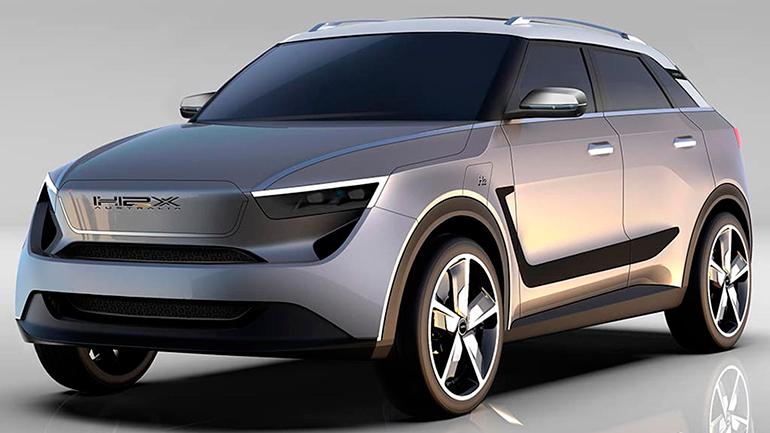
Five of the best hydrogen cars to look forward to in Australia

Hydrogen cars have no harmful emissions, only water comes out of the exhaust pipe.
The fact that there are still no signs of flying cars outside of my home, a couple of decades into the 21st century, is crushingly disappointing, but at least automotive geniuses are moving in that general direction by designing cars that run on the same fuel. , which is rockets. ships: hydrogen. (And, more Back to the Future II style, effectively building cars with their own power plants on board, like Mr Fusion on a DeLorean)
Hydrogen is like Samuel L. Jackson - it seems to be everywhere and in everything, no matter where you turn. This abundance makes it ideal as an alternative fuel source for fossil fuels that do not currently provide much benefit to the planet.
In 1966, General Motors' Chevrolet Electrovan became the world's first hydrogen-powered passenger car. This bulky van was still capable of a top speed of 112 km/h and a decent range of 200 km.
Since then, countless prototypes and demonstrators have been built, and few have actually hit the road in limited numbers, including the Mercedes-Benz F-Cell Hydrogen Fuel Cell Electric Vehicle (FCEV), the General Motors HydroGen4 and the Hyundai ix35.
By the end of 2020, only 27,500 FCEVs had been sold since they started selling – most of them in South Korea and the US – and this low figure is due to the global lack of hydrogen refueling infrastructure.
However, that hasn't stopped some car companies from continuing to research and develop hydrogen-powered vehicles, which use an on-board power plant to convert hydrogen into electricity, which then powers electric motors. Australia already has a few models available for rent, but not yet to the general public - more on that in a bit - and more models coming soon (and by "soon" we mean "in the next few years"). ").
Two major advantages, of course, are that hydrogen cars are emission-free as only water comes out of the tailpipe, and the fact that they can refuel in minutes is a significant reduction in the time it takes to recharge electric vehicles (anywhere) . 30 minutes to 24 hours).
Hyundai Nexo
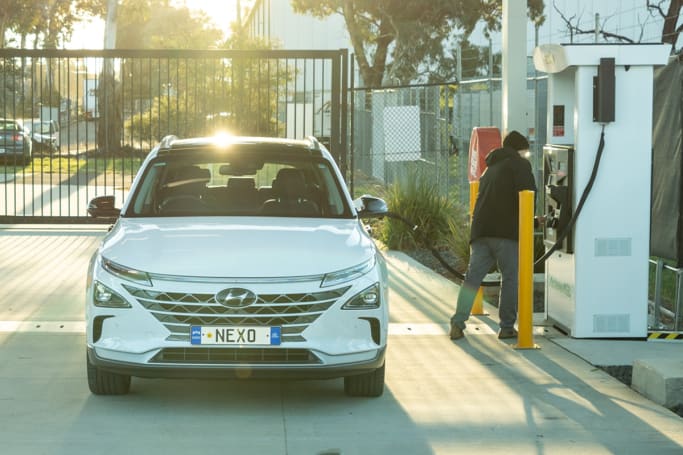
PriceTBC
Currently only available for rental in Australia - the ACT government has already purchased 20 vehicles as a fleet - the Hyundai Nexo is the very first FCEV available for driving on Australian roads, although there aren't many places where you can do it. fill it up (there's a hydrogen filling station at ACT, as well as a station at Hyundai headquarters in Sydney).
There is no retail price as it is not yet available for private sale, but in Korea, where it has been available since 2018, it is selling for the equivalent of AU$84,000.
The onboard hydrogen gas storage holds 156.5 liters, providing a range of more than 660 km.
Toyota Mirai
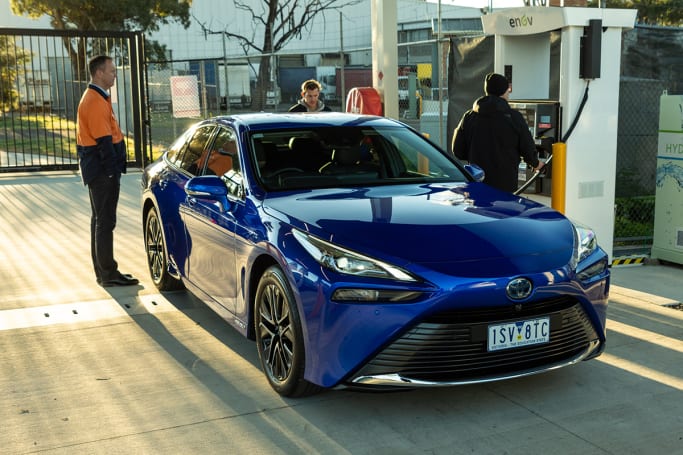
Cost: $63,000 for a three-year rental period
When it comes to hydrogen fuel cell vehicles, there are only two models vying for supremacy in the Australian currency: the Nexo and the second-generation Toyota Mirai, 20 of which have been leased to the Victorian government as part of trials.
To fuel the Mirai, Toyota has built a hydrogen center located in Alton in Melbourne's west, and plans to build more hydrogen stations across Australia (the Mirai's three-year lease also includes refueling costs).
Like Hyundai, Toyota hopes to get to the point where the infrastructure will catch up and it will be able to sell its hydrogen cars in Australia, and the Mirai will have impressive specs (134kW/300Nm power, 141 liters of onboard hydrogen storage and claimed range). range 650 km).
H2X Varrego
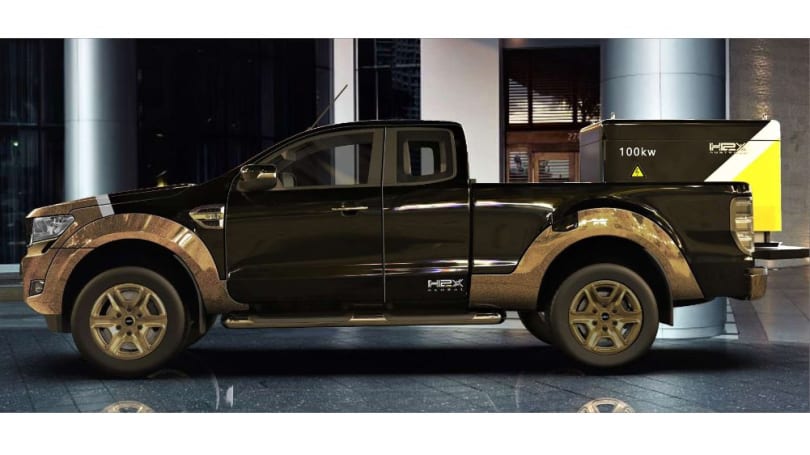
Cost: From $189,000 plus travel expenses
Some home country pride should be reserved for the new hydrogen-powered Warrego ute, which comes from Australian FCEV hydrogen-powered startup H2X Global.
As expensive as the ute is ($189,000 for the Warrego 66, $235,000 for the Warrego 90, and $250,000 for the Warrego XR 90, all plus travel expenses), it seems like a hit: global orders have topped 250, making sales around 62.5 million dollars.
As far as how much hydrogen the ute carries, there are two options: a 6.2kg on-board tank that provides a range of 500km, or a larger 9.3kg tank that provides a range of 750km.
Deliveries are due to begin in April 2022.
Ineos Grenadier
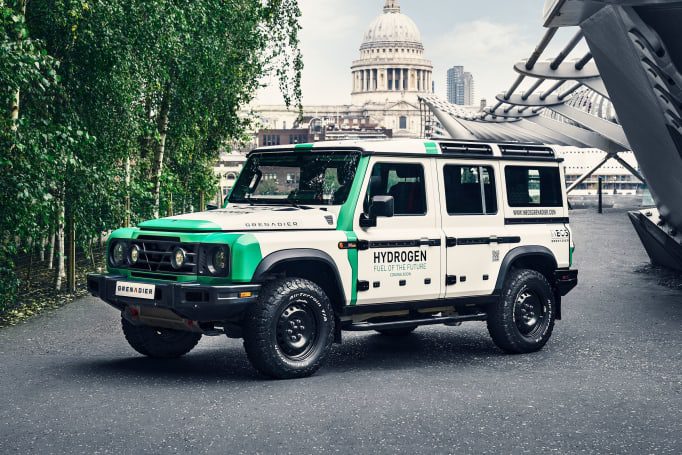
Cost: TBC
Britain's Ineos Automotive signed an agreement with Hyundai in 2020 to jointly develop hydrogen fuel cell technology - investment in hydrogen technology has reached a whopping A$3.13 billion - so it should come as no surprise that it will start experimenting with a hydrogen version. of its Grenadier 4×4 SUV by the end of 2022.
Land Rover Defender

Cost: TBC
Jaguar Land Rover has also been talking about a hydrogen rocket, announcing plans to develop a hydrogen-powered FCEV version of its iconic Land Rover Defender.
And 2036 is the year the company aims to achieve zero exhaust emissions, with the hydrogen Defender being developed as part of an engineering project called Project Zeus.
It's still in testing, so don't expect to see it before 2023.